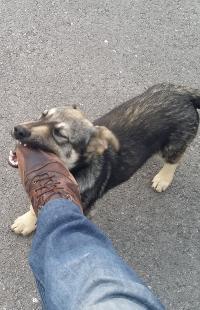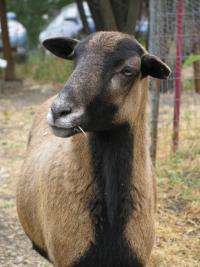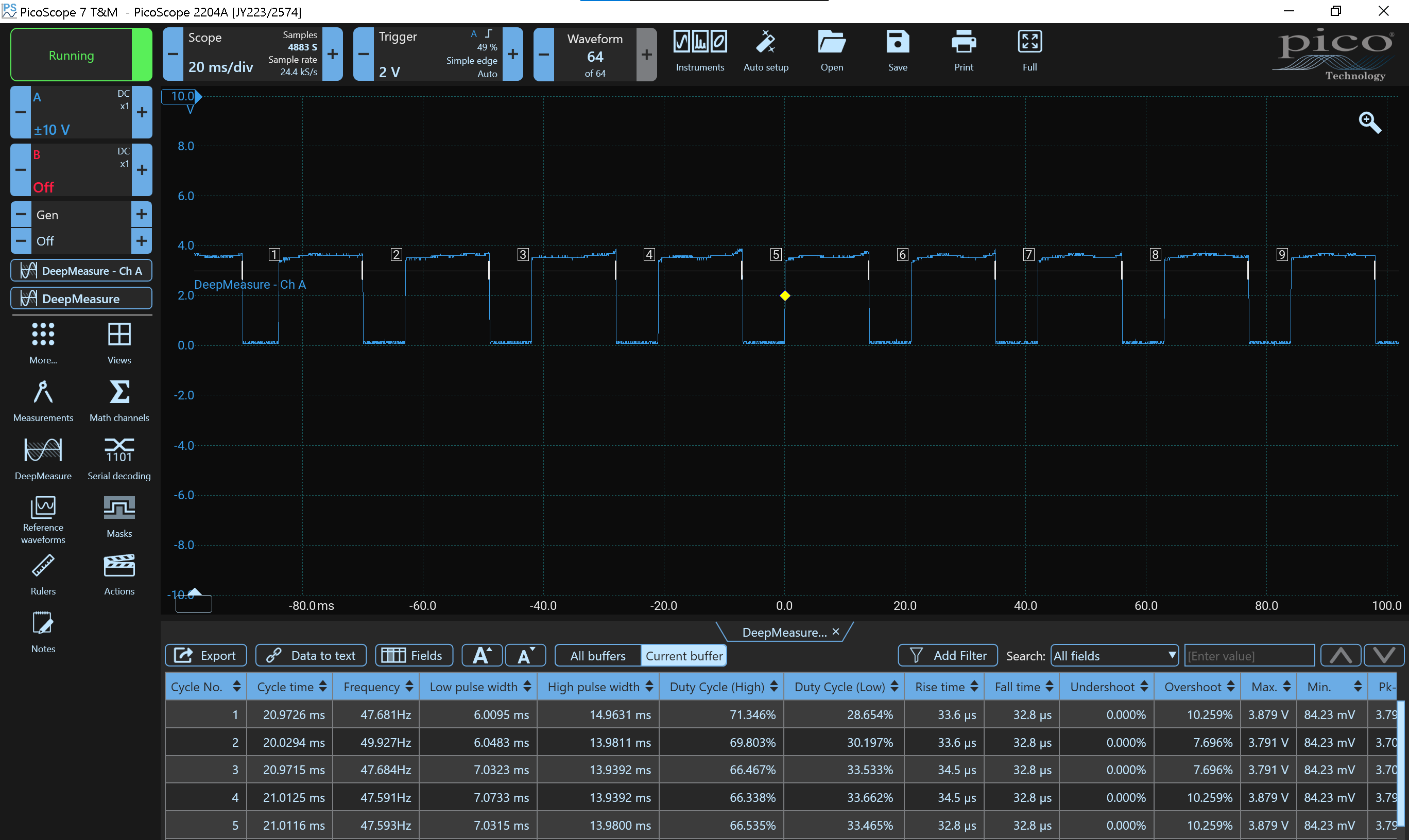Search Results (Searched for: )
- 7strideR

14 Nov 2024 05:08 - 18 Nov 2024 07:06
Linux CNC powered Ethercat Mill Retrofit was created by 7strideR
Linux CNC powered Ethercat Mill Retrofit
Category: EtherCAT
- cakeslob
- cakeslob
14 Nov 2024 04:53
Replied by cakeslob on topic Remora rp2040 compile issues.
Remora rp2040 compile issues.
Category: Computers and Hardware
- juliankoenig87
- juliankoenig87
14 Nov 2024 04:40
Replied by juliankoenig87 on topic Suggestion for a PCI EPP card for 7i43
Suggestion for a PCI EPP card for 7i43
Category: General LinuxCNC Questions
- mBender
- mBender
14 Nov 2024 03:22 - 14 Nov 2024 03:23
Replied by mBender on topic LinuxCNC-RIO - RealtimeIO for LinuxCNC based on FPGA (ICE40 / ECP5)
LinuxCNC-RIO - RealtimeIO for LinuxCNC based on FPGA (ICE40 / ECP5)
Category: Computers and Hardware
- mBender
- mBender
14 Nov 2024 03:02
Replied by mBender on topic LinuxCNC-RIO - RealtimeIO for LinuxCNC based on FPGA (ICE40 / ECP5)
LinuxCNC-RIO - RealtimeIO for LinuxCNC based on FPGA (ICE40 / ECP5)
Category: Computers and Hardware
- tommylight

14 Nov 2024 02:38
Replied by tommylight on topic How to Achieve Smooth Motion for Rotational Axes? G64?
How to Achieve Smooth Motion for Rotational Axes? G64?
Category: G&M Codes
- cmorley
- cmorley
14 Nov 2024 02:37
Replied by cmorley on topic Receiving GStat messages in GladeVCPs
Receiving GStat messages in GladeVCPs
Category: GladeVCP
- shaying526
- shaying526
14 Nov 2024 01:35 - 14 Nov 2024 01:39
How to Achieve Smooth Motion for Rotational Axes? G64? was created by shaying526
How to Achieve Smooth Motion for Rotational Axes? G64?
Category: G&M Codes
- mjones@welfab.ca
- mjones@welfab.ca
14 Nov 2024 00:24
Replied by mjones@welfab.ca on topic Mesa, Linuxcnc with step direction servo's for axis and analog servo spindle.
Mesa, Linuxcnc with step direction servo's for axis and analog servo spindle.
Category: Basic Configuration
- PCW

14 Nov 2024 00:03 - 14 Nov 2024 00:06
- mjones@welfab.ca
- mjones@welfab.ca
13 Nov 2024 23:22
Replied by mjones@welfab.ca on topic Mesa, Linuxcnc with step direction servo's for axis and analog servo spindle.
Mesa, Linuxcnc with step direction servo's for axis and analog servo spindle.
Category: Basic Configuration
- smc.collins
- smc.collins
13 Nov 2024 22:46
Replied by smc.collins on topic Trajectory Planner using Ruckig Lib
Trajectory Planner using Ruckig Lib
Category: General LinuxCNC Questions
- tsaG
- tsaG
13 Nov 2024 22:33 - 13 Nov 2024 22:35
Replied by tsaG on topic Linear move exceeds joints positive limit
Linear move exceeds joints positive limit
Category: General LinuxCNC Questions
- PCW

13 Nov 2024 20:45
Replied by PCW on topic Suggestion for a PCI EPP card for 7i43
Suggestion for a PCI EPP card for 7i43
Category: General LinuxCNC Questions
- tommylight

13 Nov 2024 20:37 - 13 Nov 2024 20:38
Replied by tommylight on topic Multiple controller boards
Multiple controller boards
Category: General LinuxCNC Questions
Time to create page: 0.665 seconds




